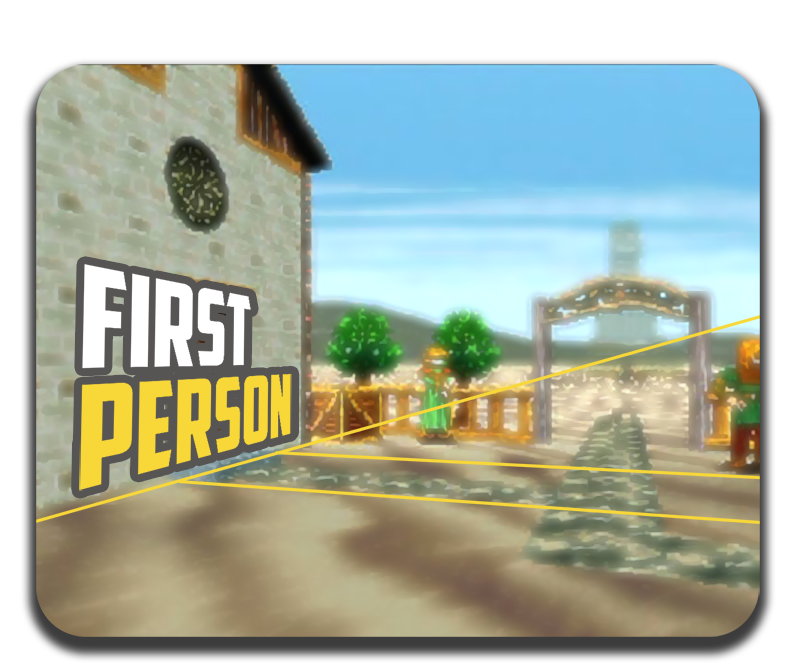
Written in 2019
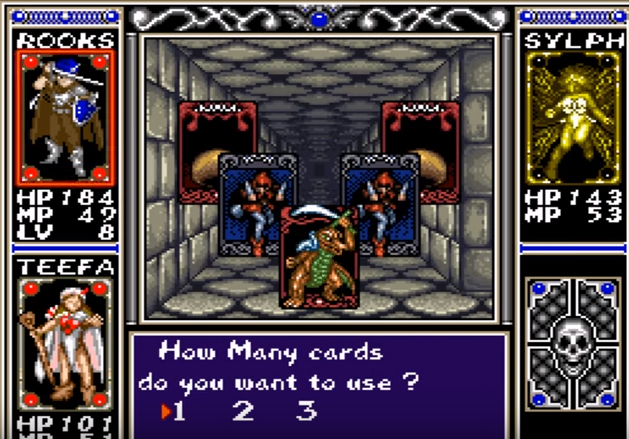 Presenting games in a first person perspective is almost as old as gaming itself. With the rise of vector display and bitmap scaling, even games in the 1980s were presented in a first person view. One of the more famous ones on consoles is Phantasy Star from 1987, which let players traverse dungeons and fight battles in a first person view. Other games with graphics in a similar fashion were, amongst others, Shining In The Darkness from 1991 on the Sega Genesis / Mega Drive and Arcana on the Super Nintendo.
Presenting games in a first person perspective is almost as old as gaming itself. With the rise of vector display and bitmap scaling, even games in the 1980s were presented in a first person view. One of the more famous ones on consoles is Phantasy Star from 1987, which let players traverse dungeons and fight battles in a first person view. Other games with graphics in a similar fashion were, amongst others, Shining In The Darkness from 1991 on the Sega Genesis / Mega Drive and Arcana on the Super Nintendo.
When polygonal gaming became more popular in the 1990s, so became RPGs in 3D. The genre was a bit slow to adopt the new visuals, so even games like Ultima VIII or early 32 bit games like Suikoden still used classic 2D visuals. Later console RPGs slowly started adopting polygon graphics but used them only for backgrounds whilst characters were still visualized in 3D, like it was the case in Dragon Quest VII, Grandia or Breath of Fire III.
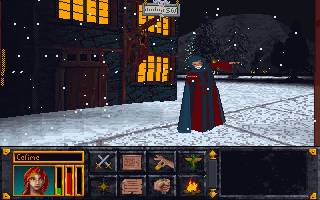 In the middle of the 90s, some noteable first person RPGs started to appear - one of them is the beginning of the Elder Scrolls series, "Arena". This game offered a vast three dimensional world to explore in the first person view. Its successor, Daggerfall even came up with one of the biggest world maps ever created in a game, albeit some of it was done in procedual creation, so it was created by the computer and not by an artist. Many players got lost in this huge world, so later installments went back to a smaller world.
In the middle of the 90s, some noteable first person RPGs started to appear - one of them is the beginning of the Elder Scrolls series, "Arena". This game offered a vast three dimensional world to explore in the first person view. Its successor, Daggerfall even came up with one of the biggest world maps ever created in a game, albeit some of it was done in procedual creation, so it was created by the computer and not by an artist. Many players got lost in this huge world, so later installments went back to a smaller world.
Early first person RPGs used a grid to move around in the world. This means that pressing up on the joypad or keyboard moved the character forward one step in the grid. Likewise, the dungeons have a layout that is limited to the grid with walls all around the players. Open spaces were quite rare back then. In order to navigate through these environments, maps were required so that players would not be lost.
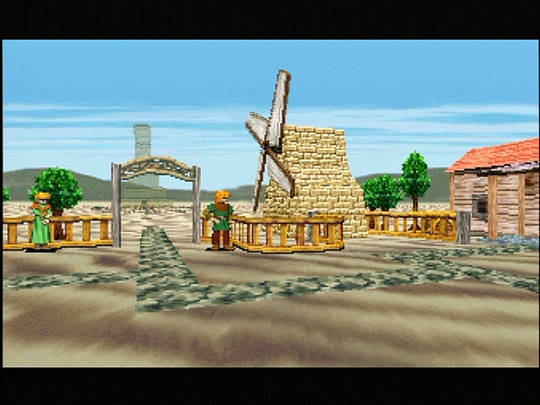 Some games made this a gameplay element - players had to create their own maps so that they don't get lost - We have a report on that available. Other games created maps for the players or made them available with an item.
Some games made this a gameplay element - players had to create their own maps so that they don't get lost - We have a report on that available. Other games created maps for the players or made them available with an item.
The grid based layout was still a thing for some time, and only games in the late 90s and early 2000s started to enable real freedom in movement. This is all heavily connected to the development of first person shooters, which use the same viewpoint (of course).
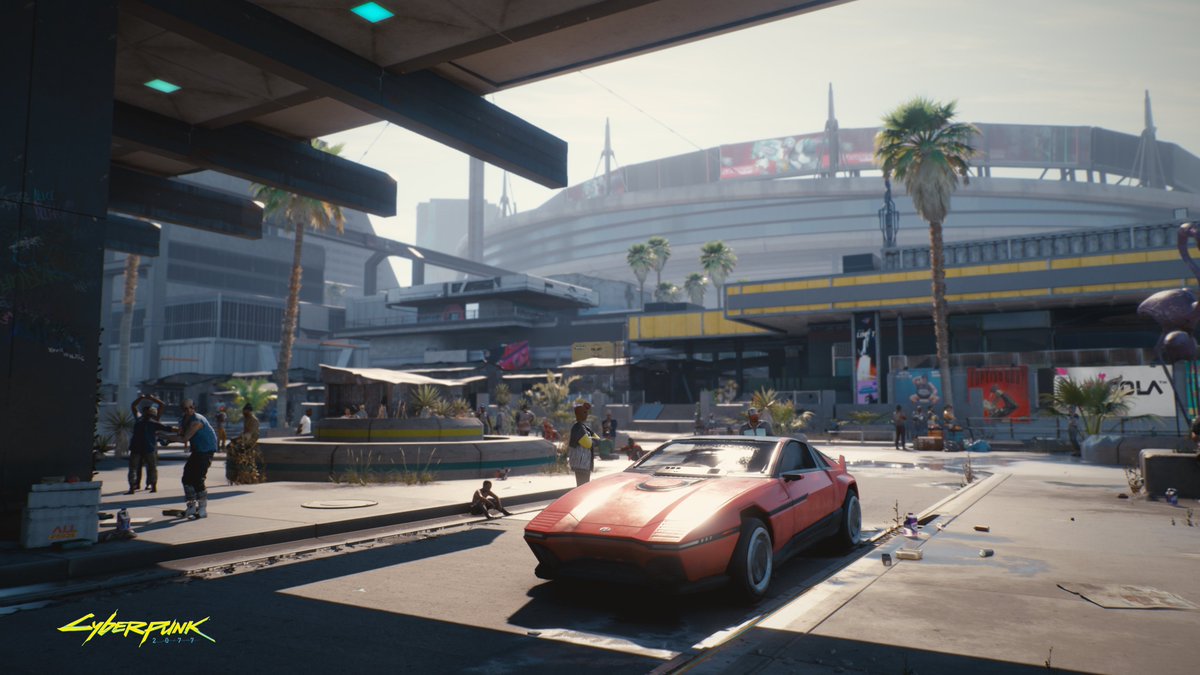 Many RPGs nowadays offer players the freedom to choose between first and third person / over the shoulder view. Examples here are Mass Effect, The Elder Scrolls: Skyrim or Fallout IV. Some gamers love the immersion of first person playing but love to view their characters or equipment from time to time. Other players rather like the better overview of a third person mode. And then there are people who would just like to play and do not care about their character, they want to have an obstacle less to see on their screen.
Many RPGs nowadays offer players the freedom to choose between first and third person / over the shoulder view. Examples here are Mass Effect, The Elder Scrolls: Skyrim or Fallout IV. Some gamers love the immersion of first person playing but love to view their characters or equipment from time to time. Other players rather like the better overview of a third person mode. And then there are people who would just like to play and do not care about their character, they want to have an obstacle less to see on their screen.
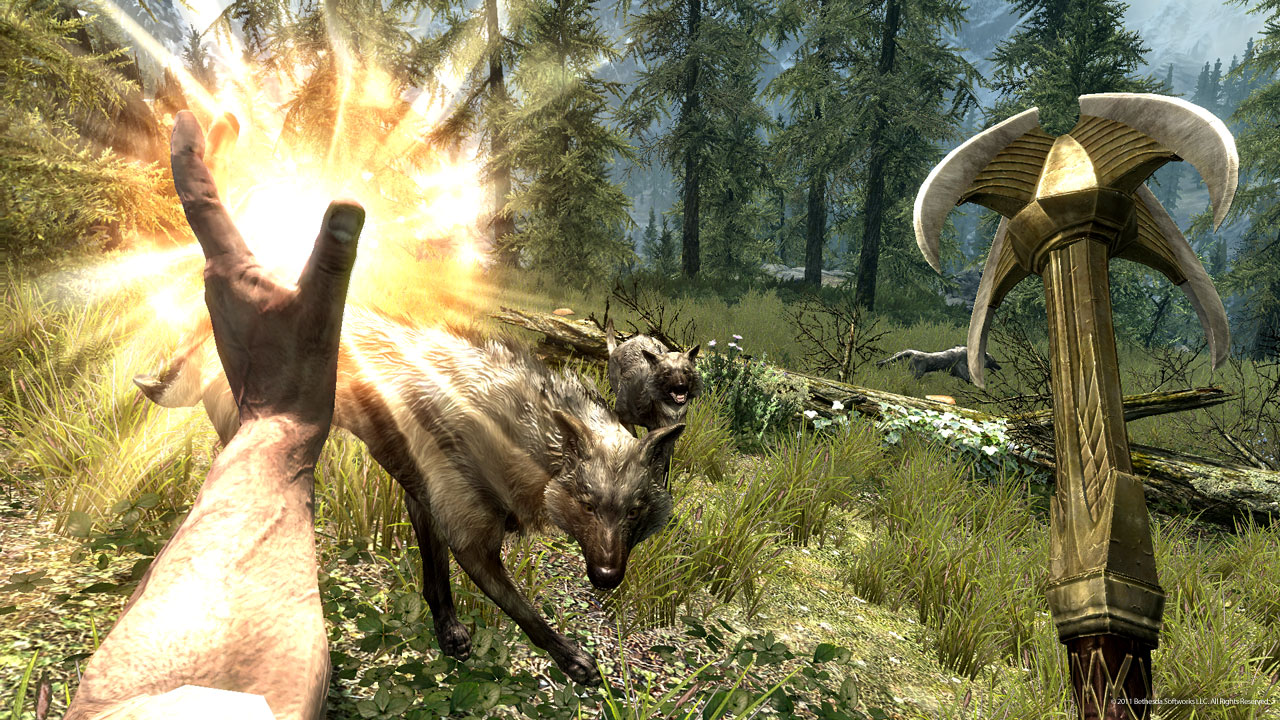 CD project red, famous developer from Poland and creator of the (third person) "Witcher" games, is going to release a new RPG called "Cyberpunk 2077" in 2020, and they decided against offering a third person mode for a better immersion. Characters will only be seen in cutscenes. There was even a petition to convince the developers that third person should be optionally available, but the developers have said not to think about it.
CD project red, famous developer from Poland and creator of the (third person) "Witcher" games, is going to release a new RPG called "Cyberpunk 2077" in 2020, and they decided against offering a third person mode for a better immersion. Characters will only be seen in cutscenes. There was even a petition to convince the developers that third person should be optionally available, but the developers have said not to think about it.
Other games like Kingdom Come: Deliverance are limited to a first person view because of the same reasons - although for this game a mod was released to enable a third person perspective mode.